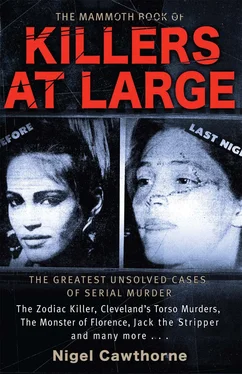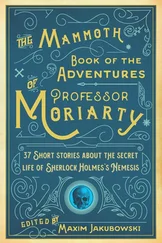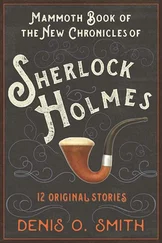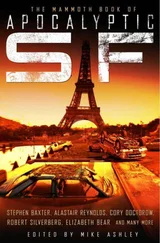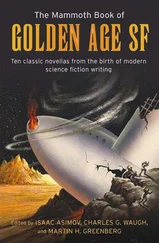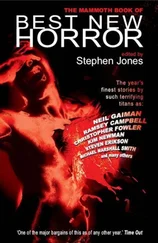Seven years later, on another warm summer’s night, there was another double murder. On 6 June 1981 an unknown gunman fired eight shots into a Fiat Ritmo. Inside were 30-year-old Giovanni Foggi and his lover, 21-year-old Carmela de Nuccio. The following morning, a police sergeant on a country walk with his young son spotted the copper-coloured Ritmo parked at the roadside. The sergeant then noticed a woman’s handbag was lying beside the driver’s side door with its contents scattered on the ground. Taking a closer look, he noticed that the driver’s side window had been smashed. At the wheel was a young man whose throat seemed to have been slashed.
When detectives arrived, they found the body of a female victim in a ditch some 20 yards away from the car. She had been stabbed in the abdomen and her T-shirt and jeans were slashed. Her legs were spread and her genital region cut out and removed. It seems the perpetrator had had plenty of time to perform this crude surgery. There were no witnesses and no tracks.
The post mortem demonstrated that both had died of multiple gunshot wounds while in the car. The young man had then been stabbed once in the chest and twice in the neck. The woman’s dead body had then been carried to the ditch. The medical examiner concluded that the girl’s genitals had been excised with an extremely sharp instrument, which the killer plainly had some knowledge of using.
Ballistics revealed that the bullets came from a .22-calibre automatic pistol. Again they were the same distinctive Winchester rounds. Veteran detectives quickly made the connection with the Gentilcore and Pettini case. The bullets from all four bodies matched. Florence, it seemed, had a serial killer on its hands—though still no one had made the connection with the 1968 crime.
The red Ford of peeping Tom Enzo Spalletti had been seen parked nearby. When questioned he gave a confused alibi. Detectives’ interest was further piqued by the fact that he mentioned a copper-coloured Ritmo and two dead bodies to his wife at 9.30 a.m. on the morning they had been discovered, telling her that he had read the story in the newspaper—though the papers didn’t report the murders until the following day. Spalletti was arrested and jailed pending trial.
Four months later Spalletti had to be freed when another couple were murdered in exactly the same way. As he was behind bars, this was plainly a crime he could not have committed.
On 23 October 1981, 26-year-old Stefano Baldi and his 24-year-old girlfriend Susanna Cambi decided to spend the evening parked in their Volkswagen at a beauty spot near Calenzano, five miles north of Florence. Later that evening, another courting couple found their bodies.
Stefano Baldi was found next to the car. Half-naked, he appeared to have been shot and stabbed many times. Susanna Cambi was lying on the other side of the car. Her wounds were similar to Baldi’s—only her genitals had been excised like those of Carmela de Nuccio.
The medical examiner concluded that both victims had been shot through the front windscreen of the car, but were both still alive when they were stabbed. The same .22 Beretta as before had been used. The knife used to stab the victims had a single-edged blade, between 5 and 7 cm long and approximately 3 cm wide.
The instrument used on Susanna Cambi’s genitals appeared to be the same as the one used on Carmela De Nuccio, but the murderer seemed to have been rushed. The killer had performed the operation with less precision and a larger area was excised. He had cut through the abdominal wall and punctured the intestine.
The press now dubbed the killer the “Monster of Florence” and two separate couples came forward and reported that they had seen a lone male driver speeding from the crime scene in a red Alfa GT. However, despite the growing press coverage no further leads were forthcoming.
The following summer another couple were targeted. On 19 June 1982, 20-year-old Antonella Migliorini and her boyfriend, 22-year-old mechanic, Paolo Mainardi, were making love in a parking spot off the Via Nuova Virgilio, near Montespertoli, 12 miles south west of Florence. They were just putting their clothes back on when the killer appeared out of the bushes and started shooting.
Antonella Migliorini died instantly but Paolo Mainardi survived the initial burst of gunfire. Although badly injured, he started the Seat, switched on the headlights and slammed the car into reverse. But he ended up in a ditch. The killer walked over, shot out the headlights and emptied the pistol into the wounded driver. Then he pulled out the ignition keys and threw them into the undergrowth.
When he left, Paolo Mainardi was still alive. Unfortunately he was not found until the next morning and died a few hours later, without regaining consciousness and before he was able to give the police any vital clues. However, Silvia della Monica, the prosecutor assigned to the case, persuaded the newspapers to report that Paolo Mainardi was alive when he reached hospital and that he had given a description of the killer before he died. All of the reporters agreed, and the information appeared in the afternoon paper.
The idea was to rattle the killer. It worked. After the afternoon paper hit the streets, one of the paramedics who had accompanied Paolo Mainardi to the hospital received two telephone calls from a person who first claimed to be with the prosecutor’s office. The second time he identified himself as the killer and he wanted to know what Mainardi had said before he died.
A few days later, police Sergeant Francesco Fiore made the connection to the 1968 murder of Barbara Locci and Antonio Lo Bianco, when he had been seconded to Montespertoli from Signa, ten miles away. Francesco began to wonder if there was a connection with the crimes of the Monster. At his insistence, the bullets were compared. They matched. Not only had all the bullets been fired by the same .22 Beretta and were the same distinctive Australian batch, they all came from a single box of 50 shells. It was clear that the Monster of Florence had killed Barbara Locci and Antonio Lo Bianco in 1968 or, at least, was using the same weapon and bullets.
Plainly Stefano Mele, Locci’s jealous husband, could not be the Monster since he had been in jail ever since. But he was not released. The Carabinieri simply assumed that he had an accomplice in the original crime who had continued killing after Mele was imprisoned. They interviewed Mele again, but he continued to claim his complete innocence and refused to co-operate with the investigators. Nevertheless, in August 1982 police arrested Francesco Vinci, who Mele had first accused 14 years before.
On 9 September 1983, Wilhelm Horst Meyer and his friend Uwe Rusch Sens, both 24, were asleep in a Volkswagen camper van some 19 miles south of Florence when the Monster paid them a visit. He fired through the window, killing the German holiday-makers instantly. There were no mutilations to the bodies, so the police did not immediately associate the murders with the Monster. It was only when ballistics found that the bullets were from the same batch as those used in the other killings that the connection was made.
The police wondered whether the killer had changed his pattern. Or perhaps he had simply made a mistake. One of the victims had long blonde hair and could have been mistaken for a girl, especially at night. There were reports that the two men were homosexual lovers, though there is no evidence to that effect. It may also have been, when the killer realized that he did not have a dead girl on his hands, that he abandoned his plans to stab and mutilate the bodies.
However, the murder of Horst Meyer and Uwe Senes brought to light some other common features of the crimes. The killer usually struck on a Friday or Saturday night, when the moon was hidden by the clouds. The victims had all spent their last evenings at a discotheque—except Barbara Locci and Antonio Lo Bianco who had been to the cinema. The killer had also rifled through the woman’s belongings. Was he looking for something that might contect him to the victim? Or was he hunting for some macabre souvenir?
Читать дальше
